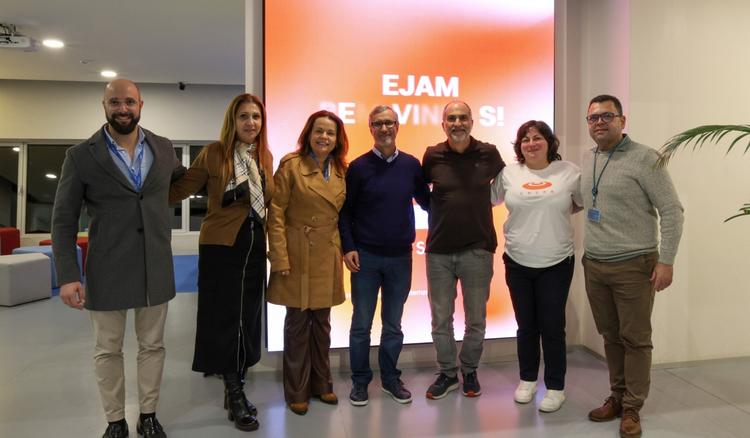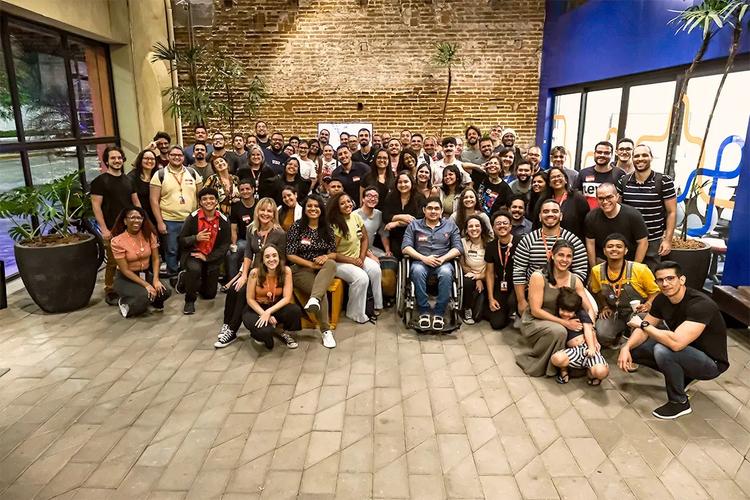5 mins to read
CESAR .
Publicado em: 28 de junho de 2023
Tapping A.I. to make software and applications better

Many prominent figures have highlighted the significance of software that powers our modern way of life. This is because technology has altered how we interact with each other and how we accomplish tasks. One of the most notable figures championing the growing importance of digital applications is Bill Gates, the co-founder of Microsoft. He once said, “Software is a great combination of artistry and engineering,” and it truly has the power to change the world.
Over the past few years, there has been a continued surge in the development of software and applications across various industries. However, with this surge has come an increasing expectation of quality and user experience. Unfortunately, many applications struggle to meet these expectations.
For example, Gartner concluded in a October 2021 study that multiple silos can hinder the delivery of “continuous and fluid CX” (customer experiences) and recommended that companies research and deploy a “better strategy around customer data management and customer journey intelligence.” In separate findings, a global Gartner survey of 4,953 technology products and services users found 60 percent of employees experience frustration with new software.
One common issue that developers face is excessive technical complexity (a.k.a “technical debt”). And some technical businesses that make most of their money by developing software code have experienced undesirable situations in recent years, including: critical employee departures, staff cuts, hyper growth, difficult customer demands, and regulatory changes.
This begs the question: What can be done to improve software and app development quality?

Software programmers reviews code with the help of A.I.
One answer is artificial intelligence (A.I.), which can be used to improve the quality of experience and user experience (UX) of applications in several ways. Here are some of the ways that today’s advanced A.I. can help make software perform better over the long haul:
- Testing and Quality Assurance: One of the biggest challenges in developing software and applications is making sure they are bug-free and function correctly. A.I. technology has great potential to automate and improve software-testing methods; for instance, A.I.-powered testing frames or software that can self-correct in response to defects. Employing A.I.-powered tools to test software can provide deeper and quality assurance to ensure bugs are caught and tackled before they reach the end-customer.
- Improving UX design: A.I. can assist with improving UX in several ways, such as examining user behavior by studying actions on the UI and by assessing KPIs (key performance indicators). This information, when analyzed by A.I., will result in insights and visualizations that will help frontend developers build better applications for any audience, with essential information considered when evaluating the experience.
- Natural Language Interfaces: A.I.-powered chatbots or virtual assistants that employ natural language interfaces provide a high level of interaction between apps and customers. Customers can navigate through the application’s functionalities with ease using natural language. With the incorporation of natural language-based interfaces in customer-service channels, businesses can maintain an engagement process with customers more naturally, resolving queries instantly round the clock via the conversational A.I. tool.
- Detecting and Preventing Code Vulnerabilities: A.I.-powered security systems examine extensive sets of data to identify unauthorized system access, code abuse, as well as the threat of cyber-attacks and breaches. A.I. can assist in predicting the troubles that may arise in code review and security assessment tasks and processes. Hence, it is important for A.I. technology to be integrated into development workflows to pinpoint potential vulnerabilities and security threats before release into production.
- Automated Code Maintenance: Although software developers follow extensive documentation and best practices, there will always be areas of software development that need to be maintained and uplifted, particularly when an application gets older. A.I. can automatically resolve any detected bugs, provide fixes, and initiate updates, making software code more sustainable and reliable. This could save tremendous time and resources for developers.
In conclusion, software and application development quality are crucial drivers for determining profitability and user satisfaction. A.I. can identify bugs and vulnerabilities that are missed by standard testing tools and predict user behavior while enabling efficiency, sustainability and ensuring continuous maintenance to keep your products engaging around customers’ needs.
Integrating A.I. into the software-development life cycle can significantly improve product development and ensure products achieve their objectives, while improving user satisfaction.
CESAR Innovation Center in Recife, Brazil is one of Latin America’s most renowned institutions for world-class research, design, and innovation on-demand. For more than 25 years, CESAR has been a trusted partner for some of the best-known brands seeking to co-develop breakthrough innovations that up-level their competitiveness and productivity.
If your organization needs expert RD&I support, please contact CESAR about tapping into hundreds of software architects, coders, designers, researchers, UX experts, and innovation project managers, please contact us.
Flavia Nascimento serves as CESAR’s Head of Growth for North America. She is based in the greater Tampa Bay Area in Florida.
You may also like

Acordo entre CESAR Europa e o CCG/ZGDV, centro português amplia cooperação tecnológica entre Brasil e União Europeia

Web Summit Lisboa: CESAR e Porto Digital exaltam o papel do ecossistema lusófono no cenário digital global

CESAR é finalista em dobro no Prêmio Brasileiro de Design 2025

